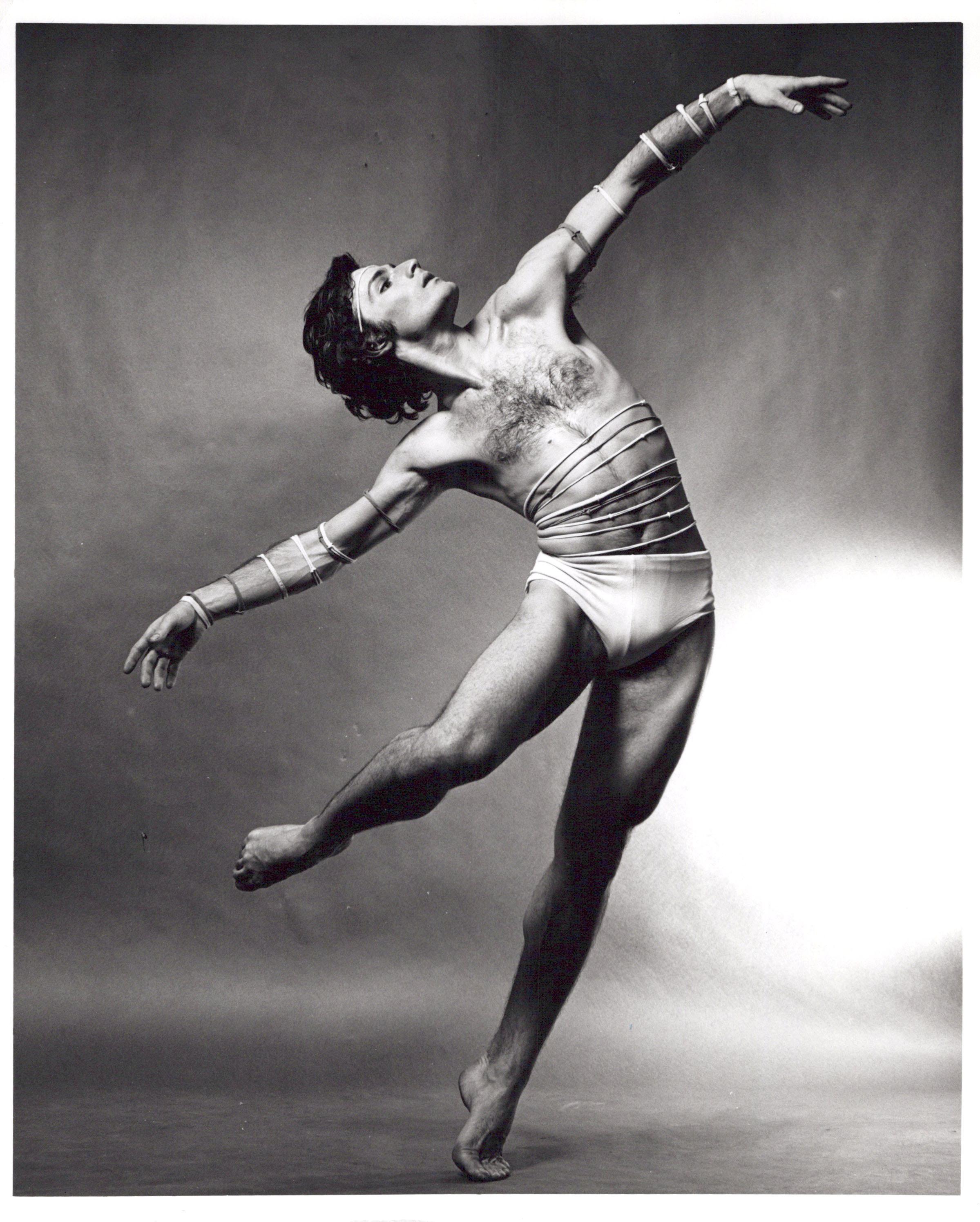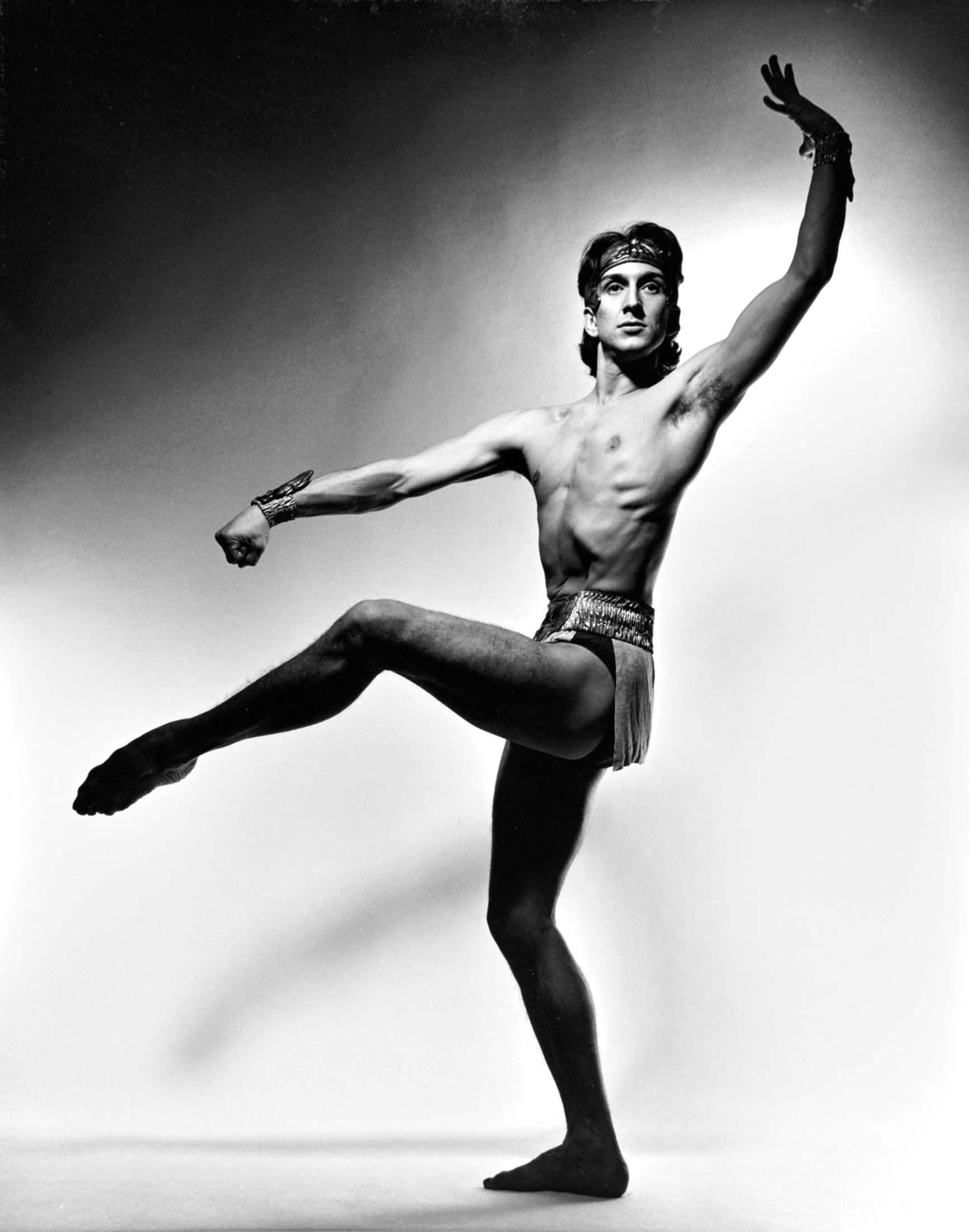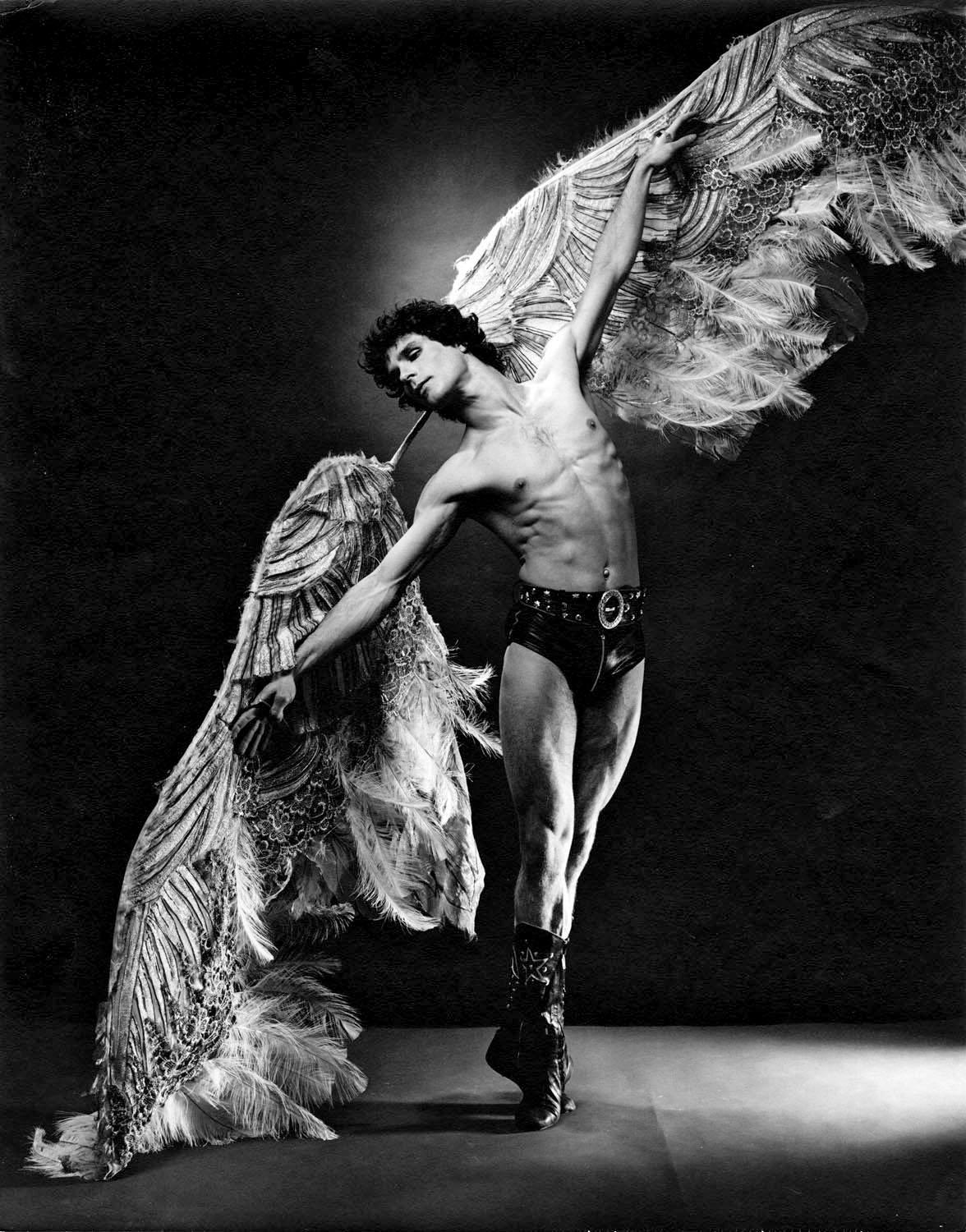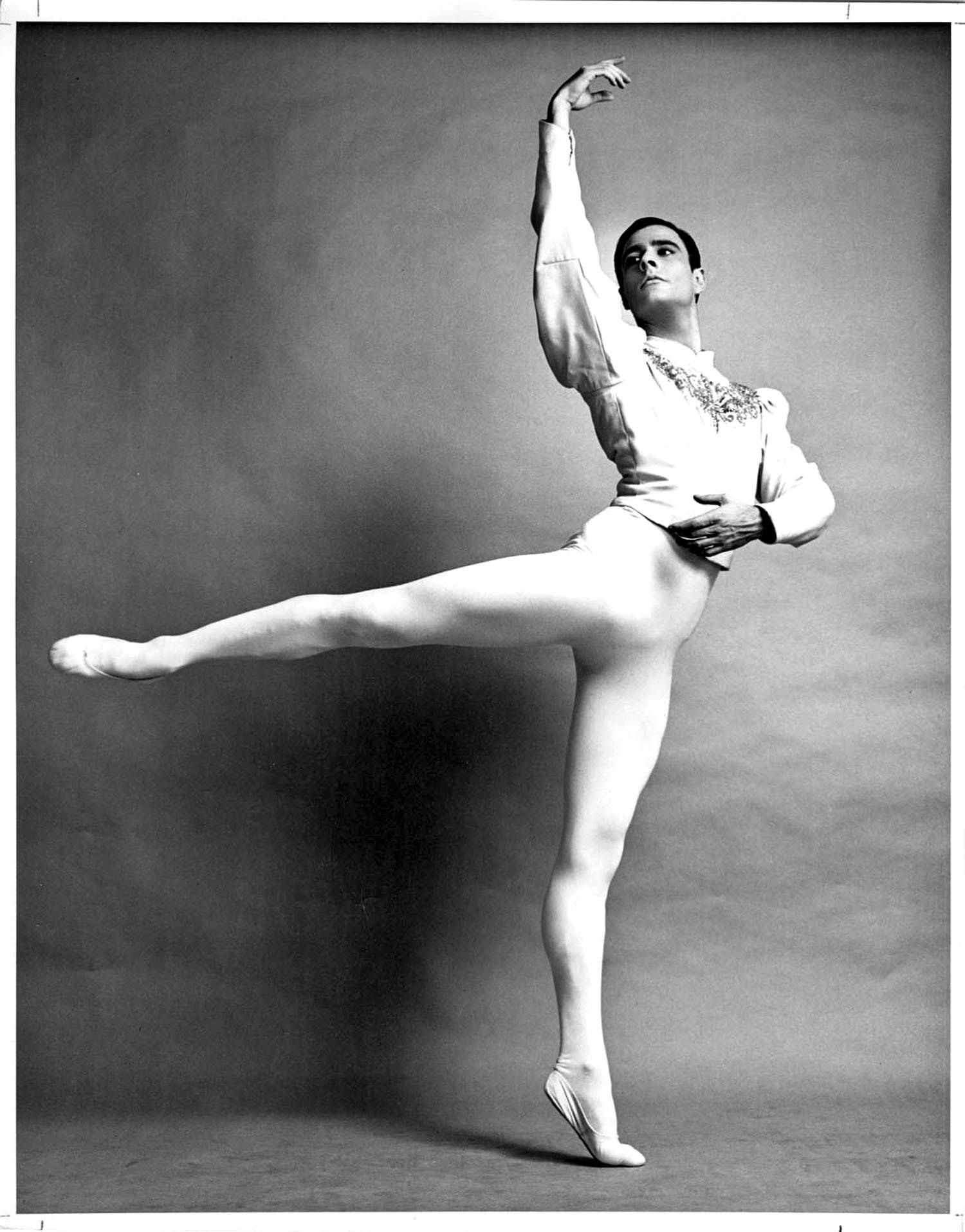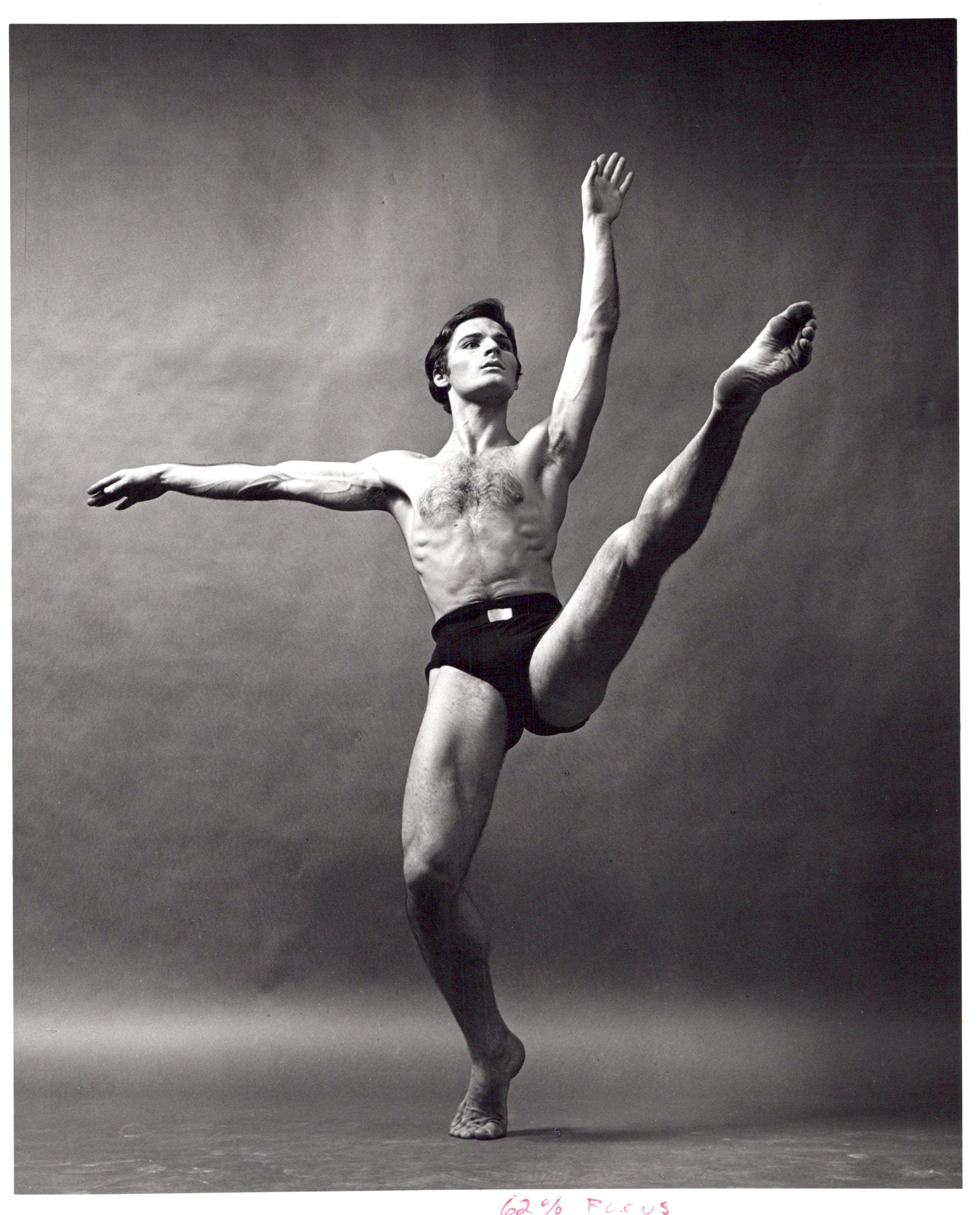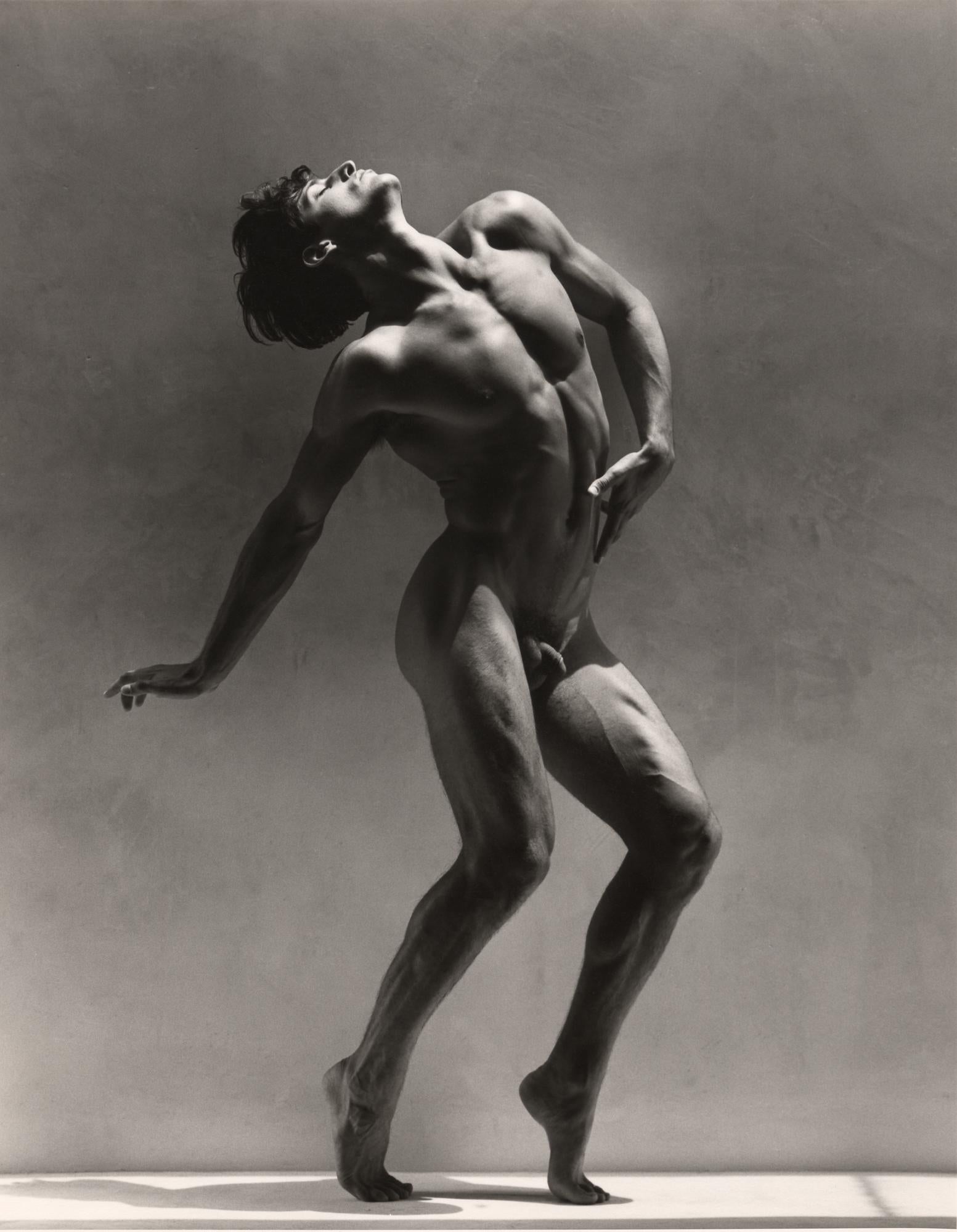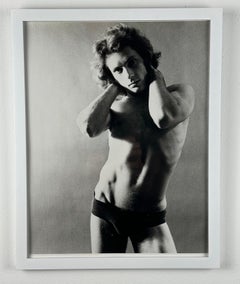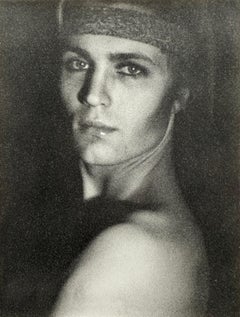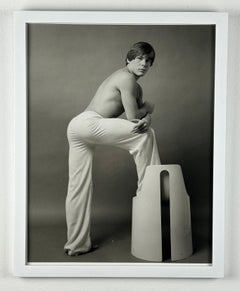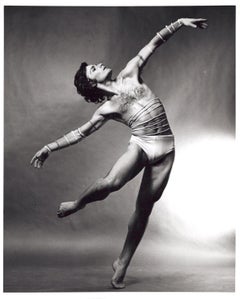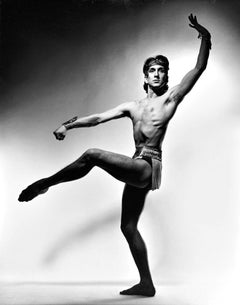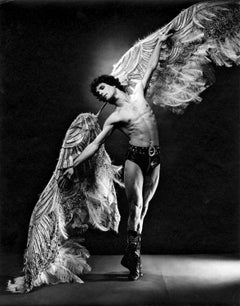Jack MitchellYann Le Gacca. 1975
ca. 1975
About the Item
- Creator:Jack Mitchell (1925 - 2013, American)
- Creation Year:ca. 1975
- Dimensions:Height: 14 in (35.56 cm)Width: 11 in (27.94 cm)Depth: 0.01 in (0.26 mm)
- Medium:
- Movement & Style:
- Period:
- Condition:
- Gallery Location:Wilton Manors, FL
- Reference Number:1stDibs: LU245214614172
Jack Mitchell
Over his four-decade career, photographer Jack Mitchell chronicled the changing cultural landscape of mid- to late-20th-century America by capturing the greatest influencers and innovators in the performing and visual arts.
Mitchell, a master of lighting patterns in photography who had his first portrait published at the age of 15, organized more than 5,400 photographic sessions in his lifetime involving a list of sitters that is as astounding as it is long. A veritable roll call of heroes and idols, his studio guests include painters, dancers, actors, comedians, singers, composers, directors, writers, impresarios and anyone else who helped shape the zeitgeist.
During World War II, when he was only 16 years old, Mitchell photographed Veronica Lake for a Daytona newspaper. It was his first celebrity gig, but that didn’t stop the audacious wunderkind from asking the actress to sweep back her signature “peekaboo” locks so he could get her full face in the frame. Lake, who was in Florida to help the war effort and at the peak of her career, politely obliged, and the two later became lifelong friends.
Mitchell, who was openly gay (his long-term partner and manager, Robert Plavik, died in 2009), also struck up a close relationship with Gloria Swanson. From 1960 to 1970, he served as her personal paparazzo, snapping a variety of “candid” shots of the aging but eternally glamorous actress as if she were a pre-mobile/pre-social-media reality star.
The diverse publications in which Mitchell’s work has appeared — in addition to the New York Times, there’s Rolling Stone, Dance Magazine, People, Vogue, Vanity Fair, Time, Harper’s Bazaar and Newsweek — testify to the power of his arresting visual language and its ability to transcend themes and disciplines.
Mitchell also famously shot a series of intimate portraits of John Lennon and Yoko Ono in November 1980, just one month before the Beatles singer was assassinated. A picture from this session became the cover of People’s memorial issue, one of the magazine’s best-selling editions to date.
The showbiz gloss should not distract from Mitchell’s meticulous approach to photography. He insisted on producing his own prints in order to achieve what he deemed museum-quality patina and definition.
“Jack shot many rolls of black-and-white film, and always some color transparencies, of every famous person he photographed,” says Craig Highberger, a friend of the late photographer and the executive director of the Jack Mitchell Archives.
In the world of dance, the field for which Mitchell is best known, his striking and incisive shots of legendary performers and choreographers reflect the visceral energy that these luminaries introduced to the discipline in the 1960s and ’70s, widely considered the Golden Age of American dance theater.
“Jack’s photographs of dancers during his lifetime are a historic chronicle of an amazing period in dance history. He was Alvin Ailey’s dance company photographer from 1961 to 1994,” says Highberger, noting that Mitchell’s collection of 10,000 black-and-white Ailey prints now belongs to the Smithsonian’s National Museum of African American History and Culture.
Mitchell’s dance images are at once ethereal and powerfully dynamic. Not only do they evoke movement through elegant poses and disciplined muscular tension, but they also convey an intimate energy radiating directly from his subjects, as if he had magically unlocked a reflective mood or a character trait, without contrivance.
The collection of authentic Jack Mitchell photography on 1stDibs includes his black and white photography, color photography, nude photography and more.
- ShippingRetrieving quote...Shipping from: Wilton Manors, FL
- Return Policy
More From This Seller
View All1970s American Realist Black and White Photography
Silver Gelatin
1970s Realist Black and White Photography
Photographic Paper
1970s American Realist Black and White Photography
Silver Gelatin
1970s American Realist Black and White Photography
Silver Gelatin
1970s American Realist Black and White Photography
Silver Gelatin
1970s Realist Black and White Photography
Photographic Paper
You May Also Like
1960s Pop Art Black and White Photography
Silver Gelatin
1990s Pop Art Black and White Photography
Silver Gelatin
1970s Pop Art Black and White Photography
Silver Gelatin
1970s Pop Art Black and White Photography
Silver Gelatin
1960s Pop Art Black and White Photography
Silver Gelatin
1980s Contemporary Black and White Photography
Archival Pigment
